In an era where efficiency and transparency are paramount, local governments face the ongoing challenge of managing their assets effectively while meeting the expectations of their constituents. The introduction of asset management software can revolutionise the way local governments operate, bringing a multitude of benefits that enhance efficiency, reduce costs, and streamline processes. Embracing this change is not just a technological upgrade; it’s a strategic move towards better governance and service delivery.
Enhanced Efficiency
One of the most significant advantages of asset management software is the dramatic improvement in operational efficiency. Traditional asset management methods often involve cumbersome, manual processes that are prone to errors and delays. Asset management software automates these processes, allowing for faster and more accurate data handling. This means that local government employees can focus more on strategic planning and less on routine administrative tasks.
Reduced Costs
Cost reduction is a critical concern for any local government. Asset management software helps in cutting costs in several ways. By providing a centralised platform for tracking and managing assets, it minimises time wasted by employees and contractors alike. Moreover, the predictive maintenance capabilities of such software can help identify potential issues before they become costly problems, thus extending the life cycle of assets and saving taxpayer money.
Streamlined Processes
Streamlining processes is another key benefit of asset management software. By integrating various functions such as audit and compliance, maintenance, and disposal into a single system, it eliminates silos and ensures that all departments are working with the same information. This not only speeds up workflows but also ensures consistency and accuracy across the board.
Improved Risk Management
Effective risk management is essential for local governments to ensure the safety and reliability of their assets. Asset management software provides tools for identifying, assessing, and mitigating risks. By maintaining a detailed record of asset conditions, maintenance schedules, and usage patterns, the software helps local governments predict and prevent potential failures, ensuring uninterrupted service delivery.
One Source of Truth
Having a single, centralised repository for all asset-related information is invaluable. Asset management software provides a unified database where all data is stored and updated in real time. This “one source of truth” ensures that everyone in the organisation has access to accurate and up-to-date information, facilitating better decision-making and coordination.
Precise Asset Location
Knowing the exact location of assets at all times is crucial for efficient management. Asset management software offers precise asset location capabilities, often using GPS technology. This allows local governments to quickly locate assets, deploy contractors to perform maintenance tasks on them where needed and then keep track of work flow processes. This is particularly useful for managing infrastructure maintenance and lifecycle.
Comprehensive Metadata and Reporting
Asset management software enables the collection of extensive metadata about each asset. This includes details such as purchase date, maintenance history, model and make, and usage statistics. With robust reporting tools, local governments can generate detailed reports that provide insights into asset performance, financial status, and strategic planning. These reports are essential for accountability and transparency.
Conclusion
Embracing change and introducing asset management software brings a host of benefits to local governments. From enhancing efficiency and reducing costs to streamlining processes and improving risk management, the advantages are clear and compelling. By providing a single source of truth, precise asset location tracking, and comprehensive reporting capabilities, asset management software empowers local governments to manage their assets more effectively and deliver better services to their communities. The shift towards digital asset management is not just a technological upgrade; it is a crucial step towards modern, efficient, and transparent governance.


 Harness the power of intelligent asset management software and realise the true value of your assets.
Harness the power of intelligent asset management software and realise the true value of your assets.